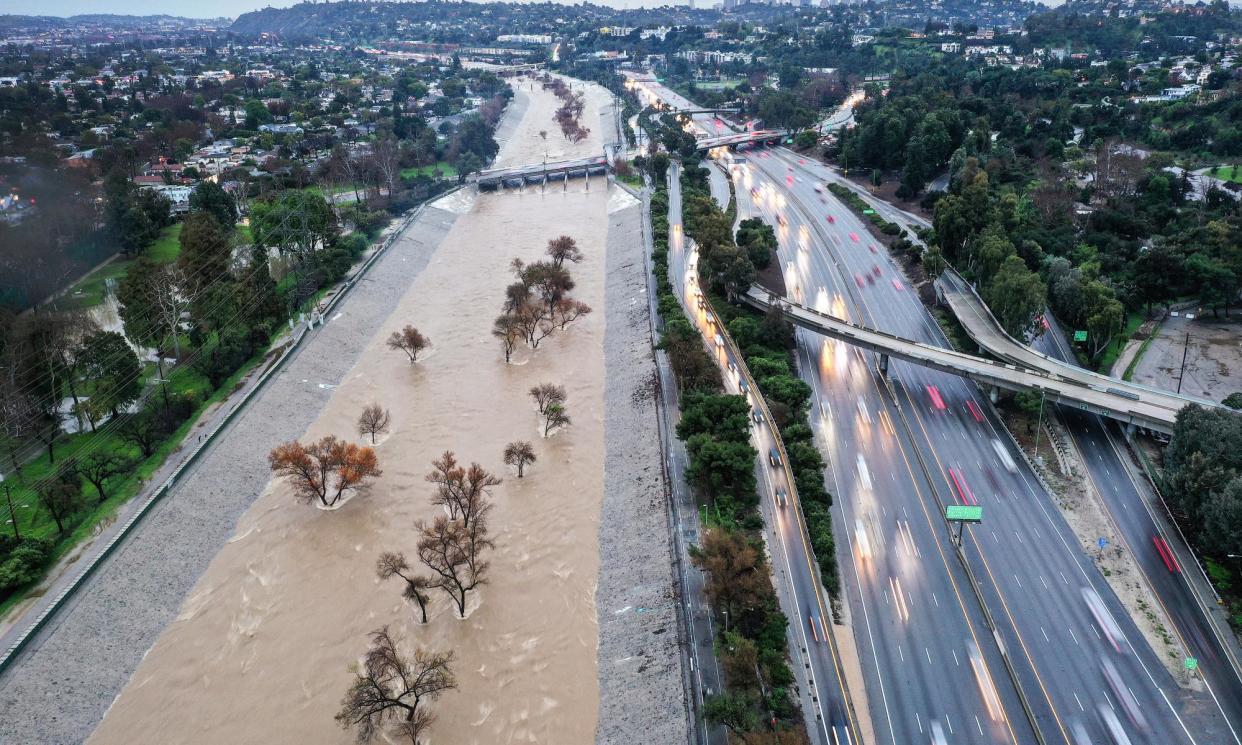Weatherwatch: What’s driving California’s extreme weather?

Changing weather patterns might not have been foremost in Bob Dylan’s mind when he wrote The Times They Are A-Changin’, but his lyrics seem apt now. Rising greenhouse gases are altering the world’s weather patterns and new research demonstrates how increased emissions have shifted atmospheric circulation patterns, resulting in more frequent extreme weather events around the world.
California in North America has ended up being at the frontline of the climate crisis in recent years, lurching between extreme drought and excessive rain. To understand what might have triggered these extremes, researchers modelled the interplay between the three major drivers of the weather in this region and the impact that greenhouse warming has had on these drivers.
Their results, published in Nature Climate and Atmospheric Science, showed that the warming climate has shifted the path of the jet stream, increasing the likelihood of weather patterns getting jammed in place for a month or longer over western North America.
In California’s case, these jammed circulation systems result in the weather flipping from one type of extreme to another; from multi-year drought conditions to a constant stream of storms. Unfortunately this “weather whiplash”, as some are calling it, is likely to become worse as the planet warms, strengthening the case for urgent need to address the climate emergency.


